[ Equipment: Steam oven or convection oven water tray for wet-dry steam baking, baking sheet with silicone baking mat. For more information about the terminology in this recipe, see Low Temperature Baking: A Journey of 3 Paths ].
This is my second Pavlova cake. In addition to a different combination of fruits and sauces, it comes with a slightly different recipe for the meringue. The first one (a ginger-blueberry-banana pavlova) was baked in a dry oven. The batter spread out during baking and did not have quite the classic marshmallow texture. The wet-dry steam technique addresses both problems. A wet-dry steam oven steams for a fraction of the baking time only; then it switches to dry heat. The wet phase transfers heat quickly to the food to raise its temperature and set the batter or dough. The dry heat phase crisps the food.
I had reservations about the texture of meringue in the last pavlova. In testing the wet-dry technique, I mixed up a pavlova batter with a higher cornstarch-to-egg-white ratio (identical to other standard recipes), cornstarch being the ingredient that transforms the meringue into a marshmallow-like consistency. The result was excellent on the very first try. The all-sugar batter only spread a little before setting. It had a lovely crackly top crust that began to sink within seconds of being taken out of the oven.
However, the cake shown in these pictures contains the sugar-sucralose blend. For the crispest crust, I recommend making the meringue with sugar only. The sucralose-sugar blend cake has a softer crust and fewer calories, but also more height and does not sink very much. Do not omit the lemon juice; it really perks up the flavor of the lychees, and canned lychees benefit most from the soaking. An assortment of juices could substitute for the mango nectar. A thinner juice may need more cornstarch to thicken.
Makes 6 servings
– 120 calories per serving
– Oven Temperature: Wet-Dry Steam-Baked effective 250°F/121°C
- 3 large egg whites (room temperature)
- pinch of salt
- 1 teaspoon lemon juice
- 1 teaspoon orange extract
- 1/2 cup sugar (or 1/4 cup sugar + 8 packets sucralose – see text)
- 1 tablespoon cornstarch
- 1 10oz can of mango nectar
- 2 teaspoons cornstarch
- 2 tablespoons water
- 7 or 8 fresh or canned whole lychees, peeled and pitted
- 1 tablespoon lemon juice
- 4 oz. of prepared whipped topping
- 1/4 teaspoon lemon extract
Mango Sauce Method:
1. In a small dish, mix the cornstarch and cold water.
2. In a small saucepot, heat the mango nectar until it simmers, stirring constantly. Whisk in the cornstarch slurry until the sauce thickens. Remove from heat and let cool.
Meringue Cake Method:
1. Drain lychees. In a small bowl, mix lychees and lemon juice. Cover and let macerate in the refrigerator for at least 1 hour.
2. In a large bowl, beat the egg whites, lemon juice and salt until frothy.
3. Sprinkle in the sugar in 2 portions and beat to the stiff peak stage. Beat in the orange extract. Sift the cornstarch over the batter and fold in.
4. Spoon batter onto a silicone baking mat sitting on a baking sheet. Shape into a 6 x 4 inch block.
5. Prepare oven for wet-dry steam baking. For a convection oven, fill the water tray with about 1/8 inch water (or the equivalent amount to steam bake for about 30 minutes). Set a trivet in the center to hold the baking sheet above the water line. Preheat the oven to 300F/148C to get an effective 250F/121C steaming temperature (check with a thermometer).
6. Place baking sheet on trivet and bake meringue for 30 minutes.
7. Siphon off any remaining water in the water tray (or allow to steam off if nearly evaporated). Turn dial down to 250°F/121°C for dry baking. Continue baking for another 40 to 60 minutes. Surface of crust should be dry and golden brown.
Note: If using the sugar-sucralose blend, the crust may not crisp.
7. Let cool and transfer to a serving plate.
8. In a medium bowl, combine the whipped topping and lemon extract.
9. Spread the lemon whipped topping over the top of the meringue cake. Drain and cut the lychee fruits in half. Place the lychees into the whipped topping.
10. Drizzle mango sauce over the lychees and whipped topping. Sprinkle top of pavlova with craisins.

















































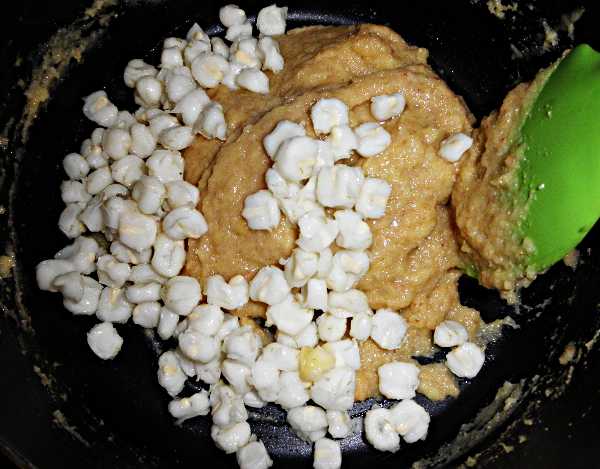









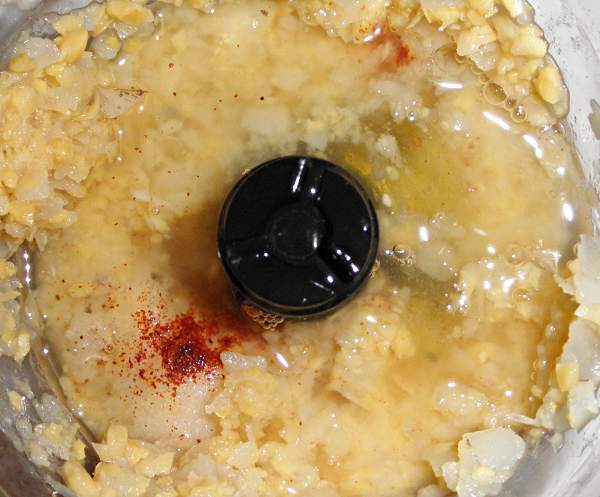



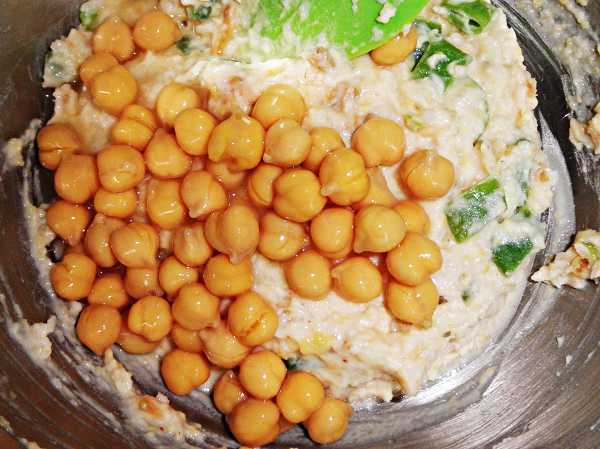





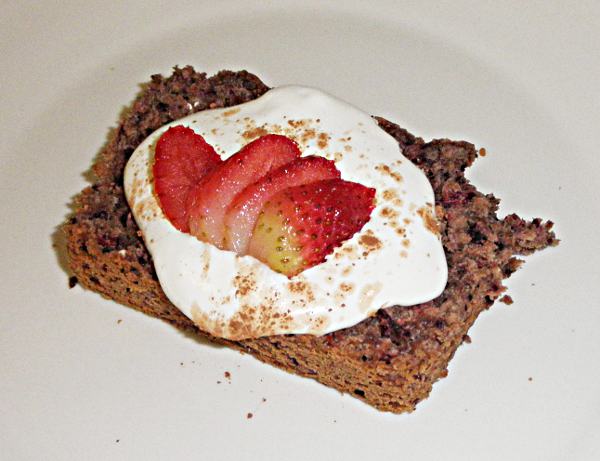





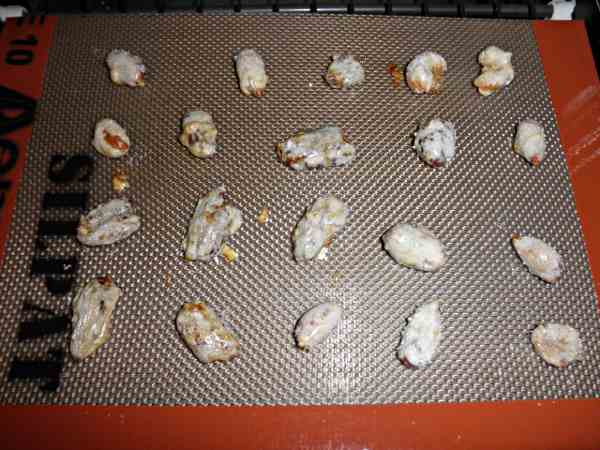



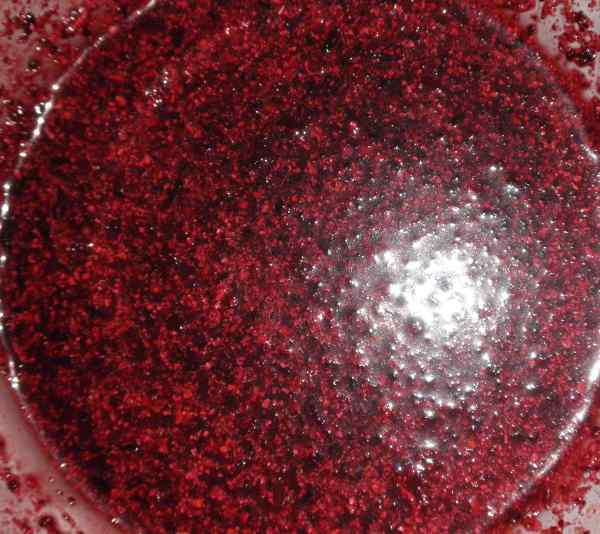



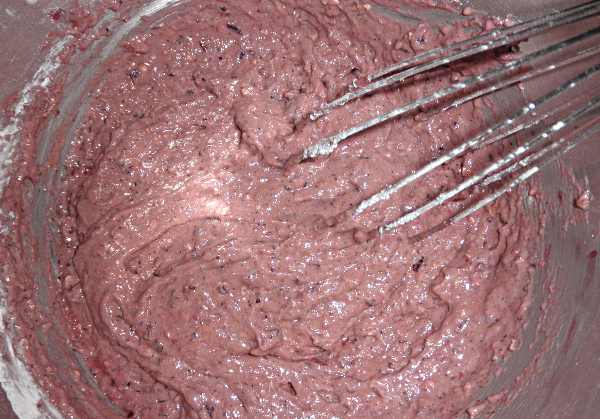
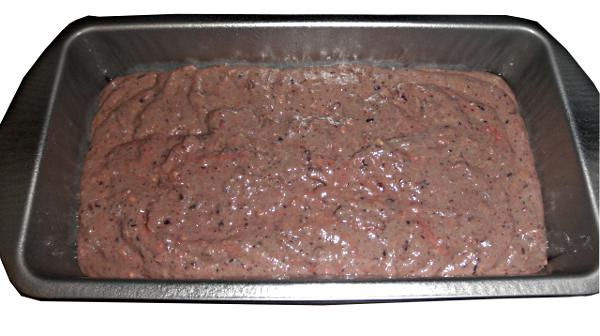

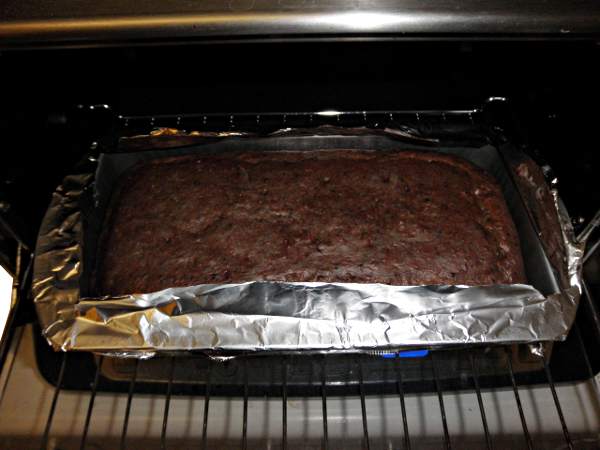

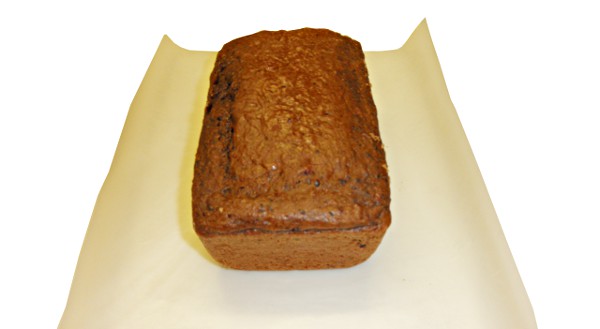
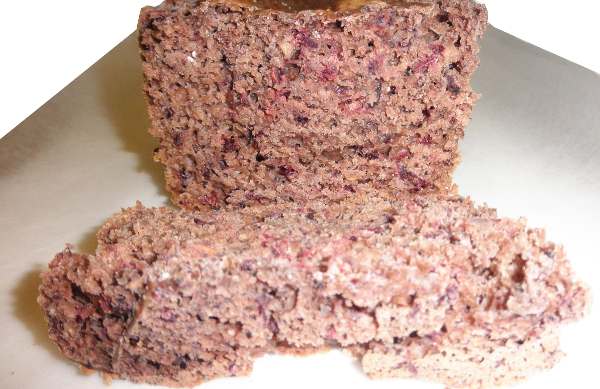





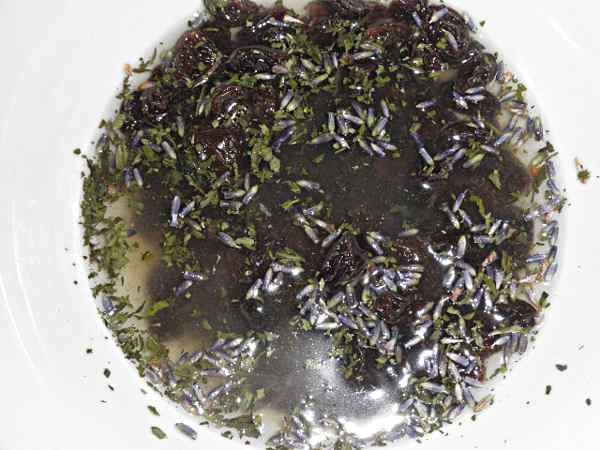
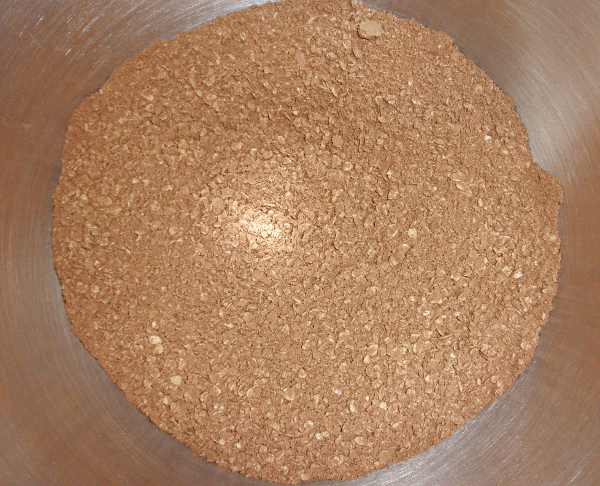


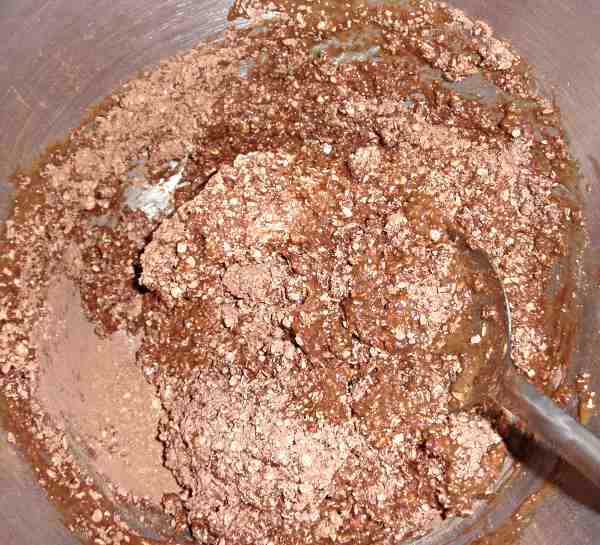











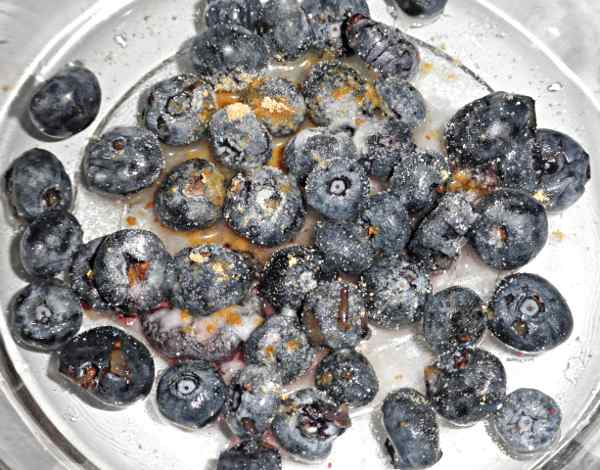







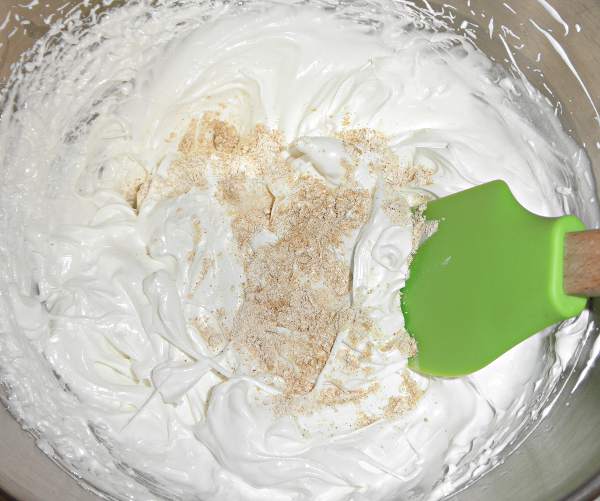
















































You must be logged in to post a comment.